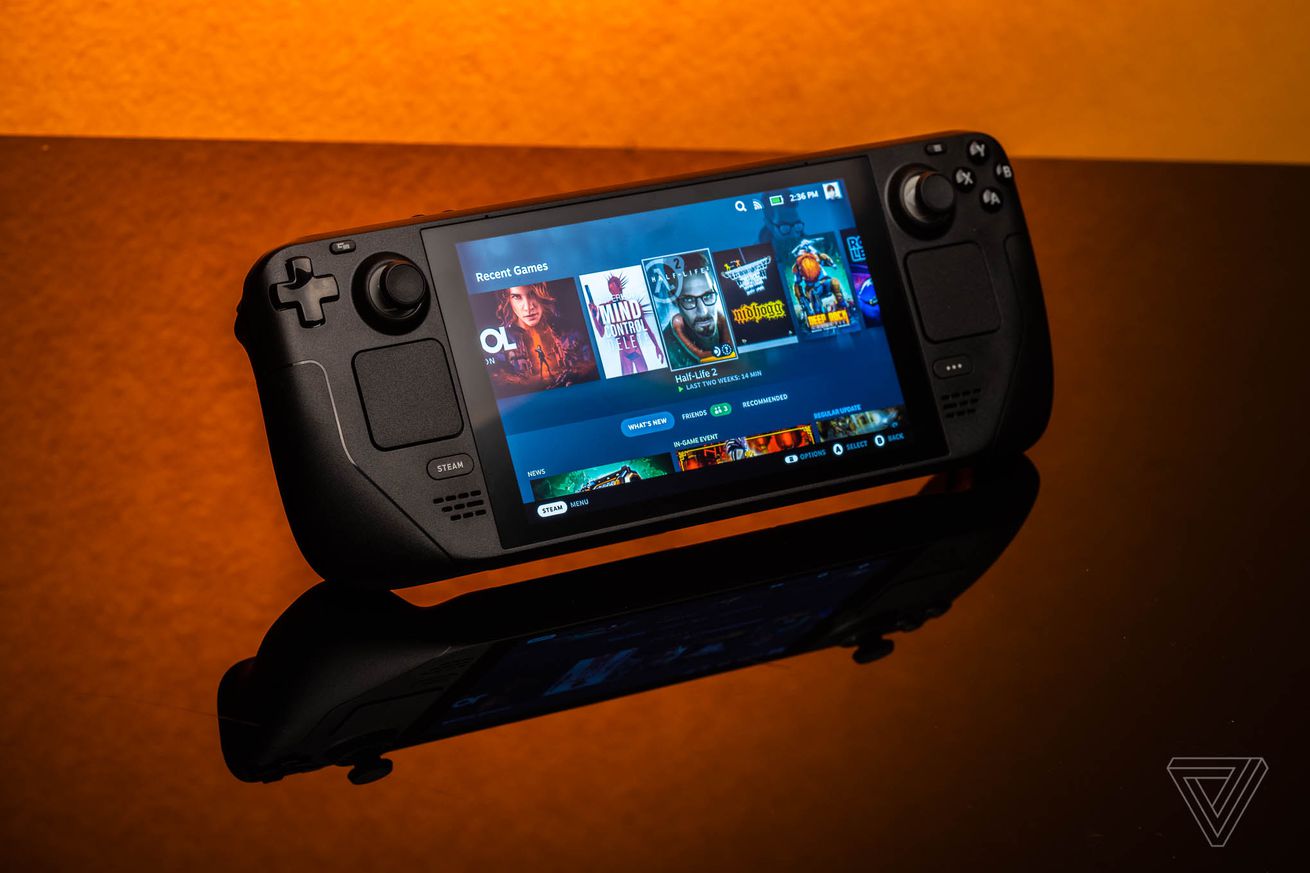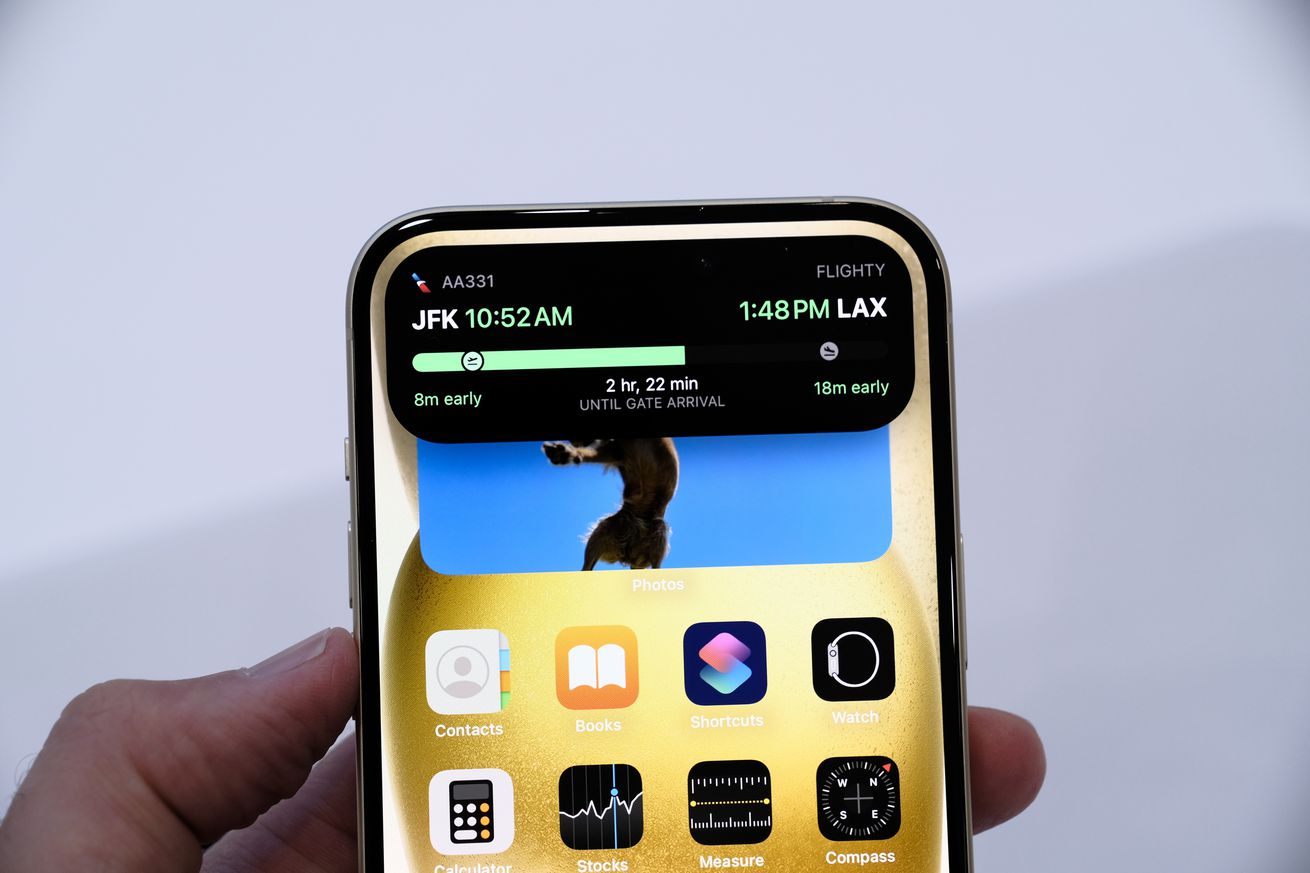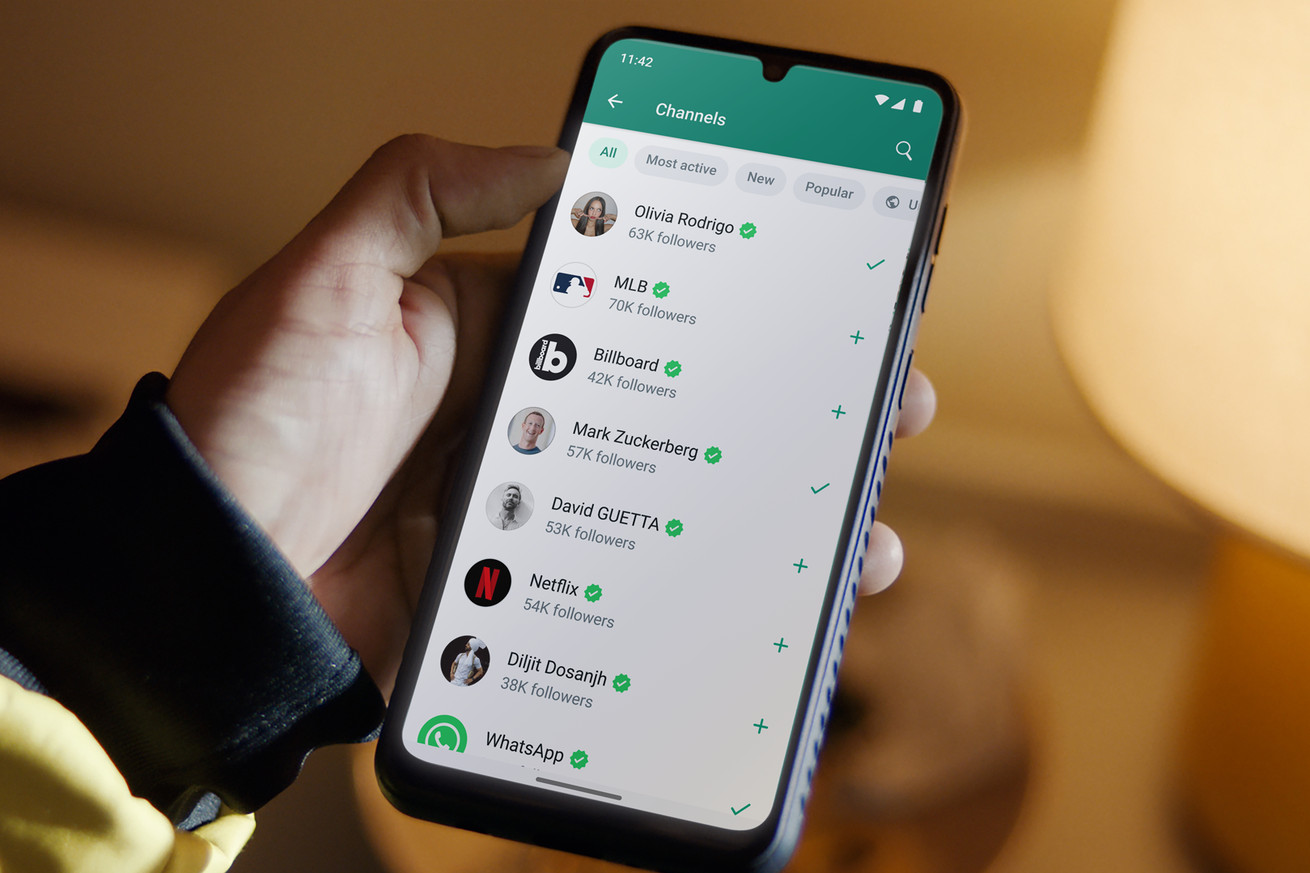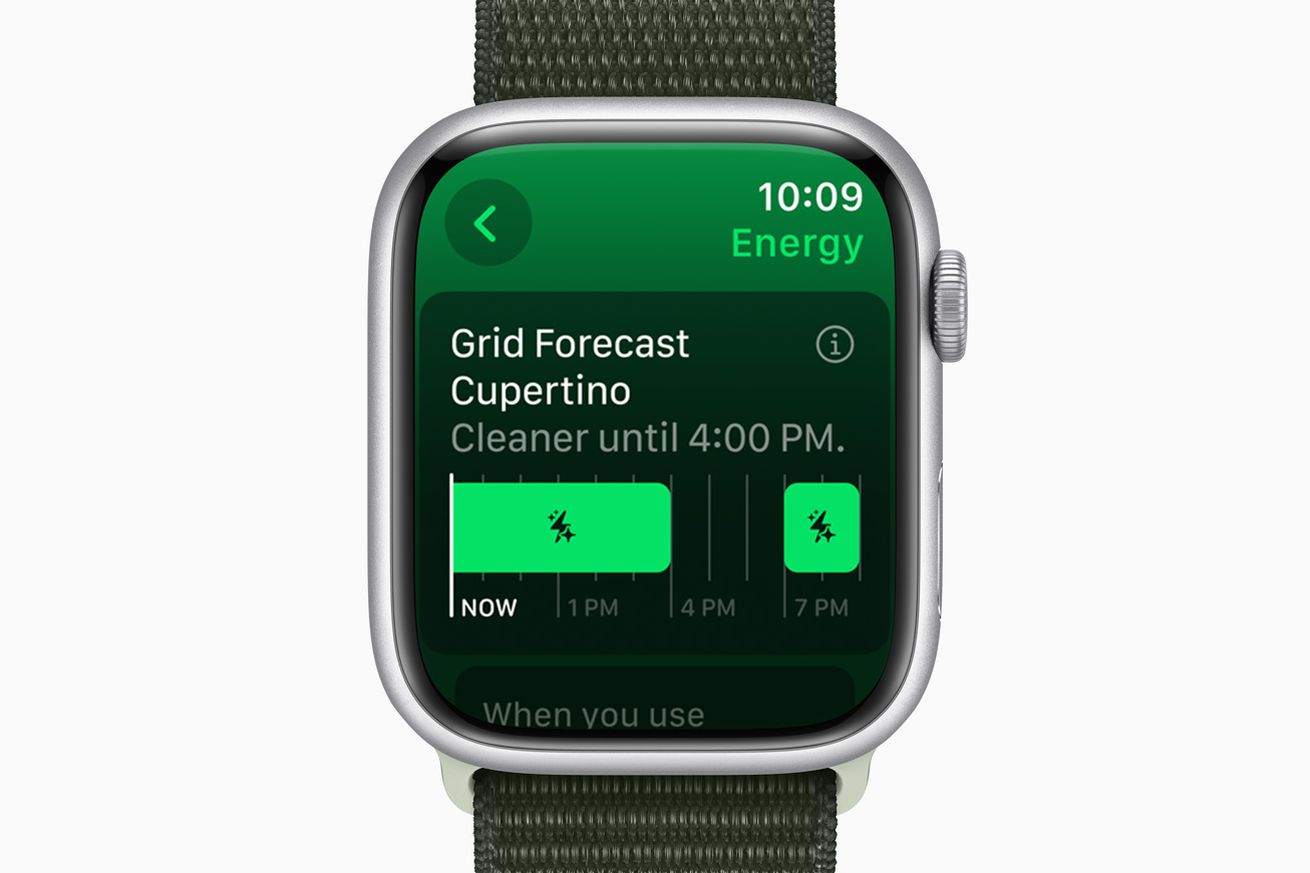
Are you an iPhone user looking to upgrade to... the iPhone? Well, you’ll have more to consider this time around since the new iPhone 15 comes with a USB-C port, ending an 11-year run for the company’s proprietary Lightning charging plug.
USB Type-C (or just USB-C) is the universal charging and data-transferring connector, and it’s now on pretty much every modern gadget, including Apple’s iPads and MacBooks. It might just be the last cable we’ll ever need.
Do I need to buy new chargers?
Apple has made us buy new cables before, but this time, you probably already have the things you need to charge your new iPhone. Apple stopped including charging bricks with the iPhone 12 in 2020, but the 15 and 15 Pro do at least come with a short C-to-C cable in the box.
To get the fastest charging speeds on an iPhone 15, you’ll want at least a 20W USB-C charger. If you’ve bought a MacBook since 2015 or an iPad Pro since 2018, their bundled USB-C chargers work splendidly, though they’re bulkier than you really need. You can pick up a tiny 20W GaN charger for under $15. Lots of Verge staffers like this Anker one.
Just about any USB charger will work in a pinch. If the charger has a USB-A port, you’ll need a USB-A-to-C cable to connect to your phone and probably a magnifying glass to try to read its power output settings. USB-A chargers can top out at about 18W, which is close enough, but those are relatively rare. Chargers for lower-powered devices like headphones or older phone chargers — like the little white cubes Apple used to bundle with the iPhone 11 and below — are more likely to be 5W or 10W at best, and they’ll take a long time to charge your phone. Spend the $15 on a good USB-C charger.
As an iPhone user, you may already have multiple charging setups with Lightning cables in each room. In that case, it’s just a matter of replacing the cables. If you don’t already have a bunch of USB-C cables lying around — or you do, but you don’t know what kind of USB-C cables they are — it’s time to get some. But before you jump on Amazon and toss the first discount cable that’s winning on the site’s search results into your cart, you should know that USB-C cables aren’t something you necessarily want to buy cheap.
/cdn.vox-cdn.com/uploads/chorus_asset/file/24925649/IMG_0697.jpeg) Photo by Umar Shakir / The Verge
Photo by Umar Shakir / The Verge
As an iPhone user, you might already have Lightning cables set up in each room and would need just to replace the cable while keeping the power adapter where it is. But if you only have the wall warts and somehow have no USB-C cables to use with them (except for the one that will come in the iPhone 15 box), then it's time to go shopping.
But before you jump on Amazon and toss the first discount cable that’s winning on the site’s search results into your cart, you should know that USB-C cables aren’t something you necessarily want to buy too cheap.
Okay, what kind of USB-C cables should I buy?
USB-C is a mess. Some cables can fast-charge a MacBook Pro but transfer data at a glacial pace. Others can do fast data transfer but are too short and inflexible to really use for daily charging. Despite some efforts at labeling, it’s nearly impossible to tell at a glance which cables do what.
Anyone can slap a USB-C plug on a cable and sell it online. From time to time, this causes problems. It’s rare nowadays to find a cable that will fry your device, but there’s no reason not to look for USB-IF compliance. The USB Implementers Forum (or USB-IF) invites USB-C cable manufacturers to put their power noodles through compliance testing. Those who do the testing earn themselves a cool logo for their packaging that also lets customers know what kind of charging power and data transfer speeds to expect. When shopping for a cable, try and see if the manufacturer uses a logo or at least states that the cable is certified by USB-IF (and if true, their cable should show up on the USB product search site).
As far as the specific types of cables to look for, here’s the incredibly short version: for charging, you should get a USB-C-to-C cable, USB 2.0, six or 10 feet long, ideally USB-IF-certified. There’s no real reason to get something rated for more than 60W charging, but there’s not much price difference between cables rated for 60W, 100W, or 240W, and a higher-rated cable will work just fine for a phone. Don’t bother with data transfer speed for this cable; you’re not transferring data with it.
Yes, the cable that comes in the box is just fine for charging. It’s just short. A six- or 10-foot cable is much nicer to charge with. A 6.6-foot USB-IF 100W charging cable is under $15.
If you’re planning on copying data from your new iPhone 15 Pro or Pro Max, specifically to get your video footage onto a computer quicker than AirDrop, you’ll need a cable that can transfer data at high speed. The iPhone 15 Pro models support USB 3 at up to 10Gbps, so you’ll need a cable that’s rated for at least 10Gbps. In the newest, simplified USB-IF branding, that’s USB 10Gbps. Older cables might say USB 3.1 Gen 2 or USB 3.2 Gen 1x2 or USB 3.2 Gen 2. A three-foot USB-IF-certified 10Gbps and 100W cable is also under $15.
/cdn.vox-cdn.com/uploads/chorus_asset/file/24063992/USB_Performance_Logos.jpg) Image: USB-IF
Image: USB-IF
Unless you’re an ultra-minimalist or you’re buying a cable for your travel kit, get separate cables for your daily charging and data transfer, preferably in different colors.
Speaking of travel: you might be tempted to look for a power-only charging cable, but that’s outside the USB-C spec; any power-only cable is improperly wired by definition and not worth the risk. Better to carry your own charger and never plug your phone into someone else’s USB port.
What about those MagSafe chargers?
You could totally sidestep USB-C and just charge your iPhone 15 wirelessly instead.
Apple kicked off a whole new accessory ecosystem with MagSafe when it launched the iPhone 12. It uses magnets to align a Qi-based charging coil on the back, which opens up fun new charging options like floating iPhone docks. Apple even added a cool StandBy software feature in iOS 17 that turns the iPhone’s screen into a fancy clock with widgets when placed on a MagSafe dock.
/cdn.vox-cdn.com/uploads/chorus_asset/file/24525448/236583_Nomad_Stand_One_MagSafe_ADiBenedetto_0008.jpg) Photo by Antonio G. Di Benedetto / The Verge
Photo by Antonio G. Di Benedetto / The Verge
If you buy Apple’s MagSafe charging puck, you’ll still need to have a USB-C power adapter capable of at least 20W of charging to make it work. Certified MagSafe options will, at best, charge iPhones at 15W. And non-Apple-blessed “MagSafe-compatible” options will only provide 7.5W of power to iPhones. However, Apple announced iPhone 15 will support the magnet-based Qi2 charging standard, which means it’ll likely open the phone up to faster and cheaper options that probably won’t destroy your iPhone like a bad USB-C cable could.
Sounds nice. Should I MagSafe all the things?
Wireless charging has its conveniences, but USB-C is still better most of the time.
MagSafe chargers that are placed neatly in thoughtful places in your home, like on your work desk or side table, are a great supplement to charging and using your iPhone — especially when hands-free. However, wired charging with USB-C is faster and is less likely to heat up your iPhone compared to the inefficiencies of wireless charging in general.
What else should I know?
It’s prime time for a mass of Lightning to USB-C dongles to flood the market, but don’t buy them. Those adapters are less convenient for plugging in, and non-MFi-certified ones could damage your iPhone 15 or the Lightning cable you’re using. Just buy a USB-C cable — unless you have a special Lightning accessory, like a microphone or other adapter, you can’t live without, in which case you can buy Apple’s kinda pricey $29 Lightning to USB-C dongle.
That said, if your special Lightning accessories aren’t mission-critical to you, USB-C has been around for a decade, which means that a whole world of dongles, adapters, hubs, and docks just opened up in front of you, including stuff you may already have if you’ve been living the dongle life for a while.
Apple sells its own USB-C cables, too, but you’re going to pay a high price of $69 for the data-capable one. That’s because it's designed to operate USB4 / Thunderbolt 4 equipment, docks, multiple 4K displays, high-speed data transfers, and more simultaneously while also delivering 100W of charging. It’s overkill for the iPhone 15 and isn’t very flexible, so you should skip it. But if you do want the extra abilities Apple’s option offers, there are cheaper options like this Cable Matters one.
For Apple CarPlay users: unless your vehicle already supports wireless CarPlay, you’re going to need a USB-C cable, either USB-C-to-C or A-to-C, depending on the age of your car. Otherwise, MagSafe mounts could make operating your iPhone in your car cleaner and safer.
Changing to the universal standard is good, right?
USB-C can feel a bit more fragile than Lightning since the plug has more complexity (and has space to get lint stuck in both the port and the plug). However, the new connector is a huge upgrade otherwise. Lightning can’t transfer data at high speeds and, most importantly, doesn’t work with other devices.
With Lightning on its way out, there could be a sudden influx of e-waste as Apple users swap out their devices for the new iPhone 15. It was one of Apple’s biggest arguments while hesitating on the European Union’s mandate that all smartphones must switch to USB-C.
If you don’t need your Lighting cable anymore, look to see if you can either sell or donate them to someone who could. Otherwise, Apple, Best Buy, and others will take them for free recycling.
Switching to USB-C won’t be a walk in the park, and you’re going to encounter choice fatigue when it comes to selecting new cables, power adapters, and accessories. But the most important thing to remember is that USB-C is here to stay. And as long as Apple is on board with universal standards, you may never have to do this again.

/cdn.vox-cdn.com/uploads/chorus_asset/file/22024810/dbohn_201109_4283_0004.0.jpg) Photo by Dieter Bohn / The Verge
Photo by Dieter Bohn / The Verge




/cdn.vox-cdn.com/uploads/chorus_asset/file/24925710/speedsmart_iphone_pro.jpeg) Image:
Image: 


/cdn.vox-cdn.com/uploads/chorus_asset/file/24923790/d9e7f67d_e88c_42b7_b673_38baabec5013.png) Image: Microsoft
Image: Microsoft

/cdn.vox-cdn.com/uploads/chorus_asset/file/24101281/DSCF0042.jpg) Photo by Chris Welch / The Verge
Photo by Chris Welch / The Verge


/cdn.vox-cdn.com/uploads/chorus_asset/file/24920795/iFixit_Google_Pixel_Tablet.jpg) Image: iFixit
Image: iFixit

/cdn.vox-cdn.com/uploads/chorus_asset/file/24919998/GeForceNOW_hD6cMgYfO2.jpg) Screenshot by Sean Hollister / The Verge
Screenshot by Sean Hollister / The Verge
/cdn.vox-cdn.com/uploads/chorus_asset/file/24919985/GeForceNOW_riiPmcODVG.jpg) Screenshot by Sean Hollister / The Verge
Screenshot by Sean Hollister / The Verge
/cdn.vox-cdn.com/uploads/chorus_asset/file/24919970/IMG_7862_EDIT.jpg) Photo by Sean Hollister / The Verge
Photo by Sean Hollister / The Verge
/cdn.vox-cdn.com/uploads/chorus_asset/file/24919977/GeForceNOW_A4cQy1Fg6Z.jpg) Screenshot by Sean Hollister / The Verge
Screenshot by Sean Hollister / The Verge
/cdn.vox-cdn.com/uploads/chorus_asset/file/24919978/GeForceNOW_vX6bhHvWWz.jpg) Screenshot by Sean Hollister / The Verge
Screenshot by Sean Hollister / The Verge
/cdn.vox-cdn.com/uploads/chorus_asset/file/24919980/GeForceNOW_21geRmdNzs.jpg) Screenshot by Sean Hollister / The Verge
Screenshot by Sean Hollister / The Verge
/cdn.vox-cdn.com/uploads/chorus_asset/file/24919990/GeForceNOW_kZon4AVTvW.jpg) Screenshot by Sean Hollister / The Verge
Screenshot by Sean Hollister / The Verge
/cdn.vox-cdn.com/uploads/chorus_asset/file/24919991/GeForceNOW_z5GZIX6h9f.jpg) Screenshot by Sean Hollister / The Verge
Screenshot by Sean Hollister / The Verge


/cdn.vox-cdn.com/uploads/chorus_asset/file/24917803/Premiere_Pro_Text_Based_Editing_Filler_Word_Detection.png) Image: Adobe
Image: Adobe
/cdn.vox-cdn.com/uploads/chorus_asset/file/24917804/Frame.io_Adobe_Comment_Faster.png) Image: Adobe
Image: Adobe

/cdn.vox-cdn.com/uploads/chorus_asset/file/24820509/53073631148_27237a2761_h.jpg) Image: Sony
Image: Sony
/cdn.vox-cdn.com/uploads/chorus_asset/file/24820507/53072548002_6b6aafa5ff_h.jpg) Image: Sony
Image: Sony
/cdn.vox-cdn.com/uploads/chorus_asset/file/24917833/708371c5004de59569346f49b8e70a853348b7b5_scaled.jpg) Image: Sony
Image: Sony


/cdn.vox-cdn.com/uploads/chorus_asset/file/24917083/3vuijt0tawnb1.jpeg) Image: Reddit
Image: Reddit 
/cdn.vox-cdn.com/uploads/chorus_asset/file/24916854/2024_Ford_F_150_Platinum_11.jpg) Image: Ford
Image: Ford
/cdn.vox-cdn.com/uploads/chorus_asset/file/24916809/2024_Ford_F_150_Lariat_01.jpg) Image: Ford
Image: Ford

